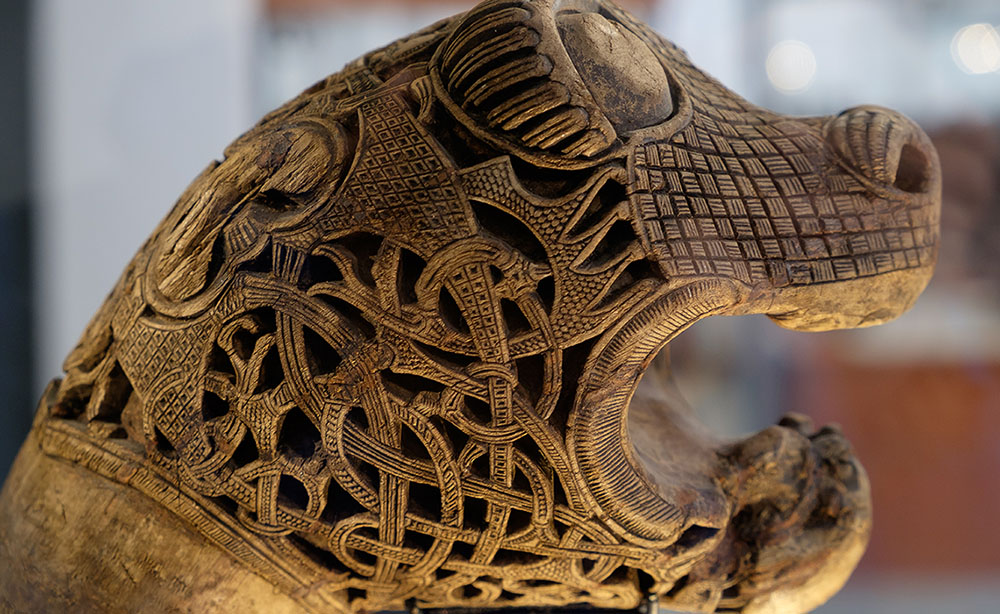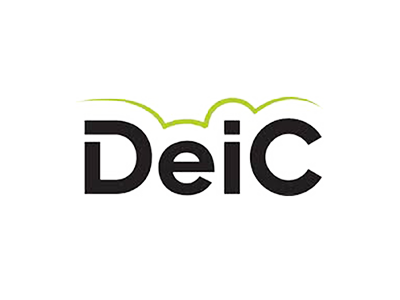
Open science helps us understand the Vikings
There was more to the Vikings than being blood-thirsty warriors as portraited in various movies and tv shows. They were also explorers and merchants, leaving behind a trail of brooches, tools, weapons, and other artifacts. Thanks to a European initiative for open science, the possibilities for archaeologists of mapping the journeys and lifestyle of the Vikings has been improved. As a first step, researchers in Denmark and Norway are integrating their national databases, making it easier to work across borders.
“The Vikings were widespread with a common material culture. So, if we find a tortoise brooch in the ground here in Denmark, well then, we can find something similar in Norway. It makes sense from the researcher’s point of view to have a common search interface,” says Jens-Bjørn Riis Andresen, Associate Professor, Department of Archeology and Heritage Studies, Moesgaard Museum, in Aarhus, Denmark.
The museum is collaborating with the Museum of Cultural History in Oslo, Norway, on the integration of the two national databases. Scientists will be able to search both countries’ archaeological finds from the Viking age simultaneously.
A European project
Initiated by the European Commission, the European Open Science Cloud (EOSC) will pave the way for improved utilisation of the vast amounts of research data generated in Europe. However, as numerous obstacles exist, such as differences in national legislation and tariff schemes, the commission decided not to aim directly for an all-Europe solution.
Instead, four regional projects have been funded for a 3-year period, one of them is EOSC-Nordic. All five Nordic and all three Baltic nations plus The Netherlands and Germany take part in EOSC-Nordic, so in all 10 countries. Because the Viking age represents a common Nordic culture, the integration of the two databases fits well with the scope of EOSC-Nordic.
“There is a very long tradition for systematic registration, and there are some very specific requirements for archaeological excavations and registration. Absolutely everything is digitised, and everyone perceives it as something completely natural,” says Jens-Bjørn Riis Andresen.
Keeping data in one place
In Denmark, the national registration relating to excavations was initiated in the 19th century. The current protocol for the Danish database enables harvesting of metadata. The protocol is called OAI-PMH (Open Archive Initiatives Protocol for Metadata Harvesting). This protocol is to be installed on the Norwegian database as well.
In practice, the two databases remain separate, since no data are moved, Jens-Bjørn Riis Andresen underscores:
“We believe it is a risky and difficult strategy to start moving data, instead they must be housed at the responsible institution and stay there.”
This also allows the institution housing the data to decide which data should be open, and which should be closed.
Expanding to more countries
“When the two databases are ready to be harvested, the so-called mapping must begin. The terminologies that will be used for a search across the two databases must, of course, be developed, and we don’t expect that part to be very difficult, because the terminology in Danish and Norwegian archaeology is quite similar,” explains Jens-Bjørn Riis Andresen.
The goal is one search interface that uses the mapping and common terminology to find items across both databases. And the plan is to afterwards integrate the databases of more countries where the Vikings once left their marks.
The text is inspired by the article “Open science will help us better understand the Vikings” by Cecilie Maagaard Winther at the EOSC-Nordic website.
Image: Original Viking sculpture of an animal head. Shutterstock.
For more information please contact our contributor(s):

